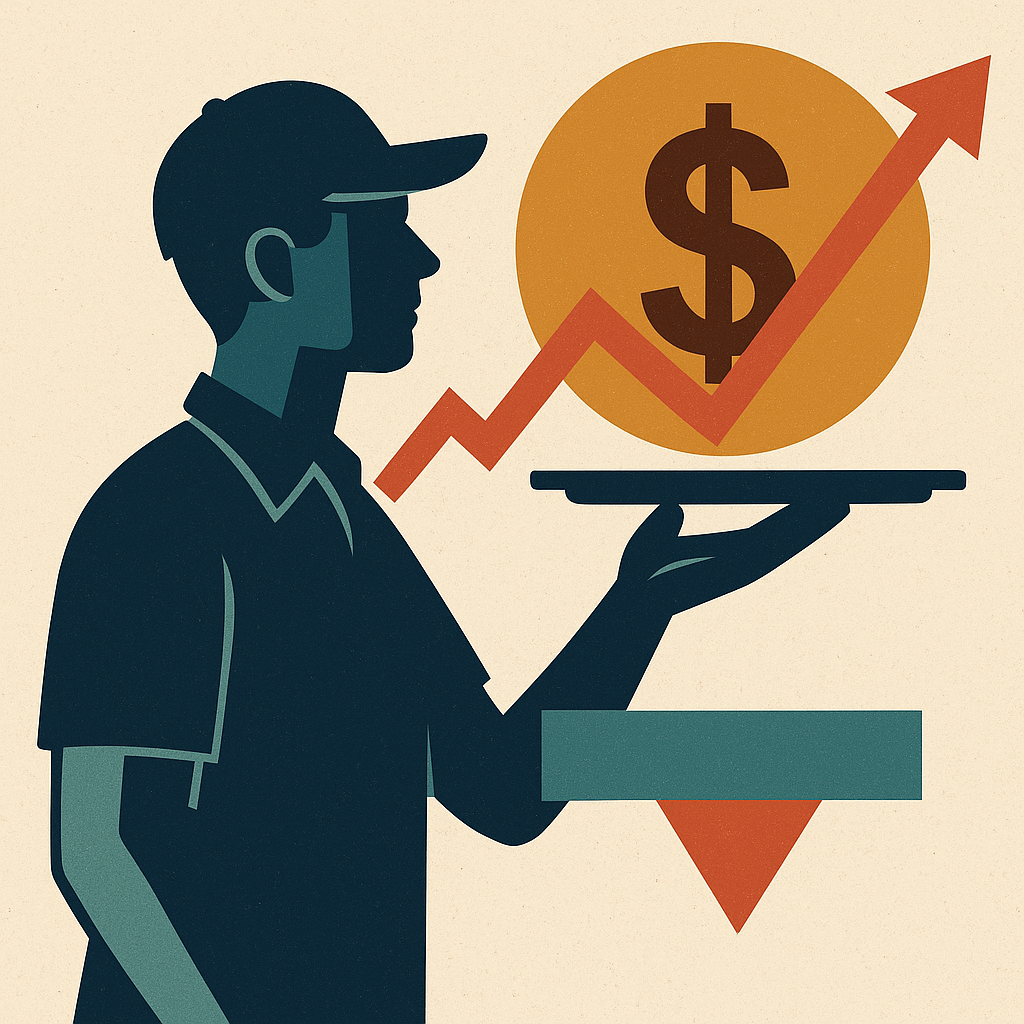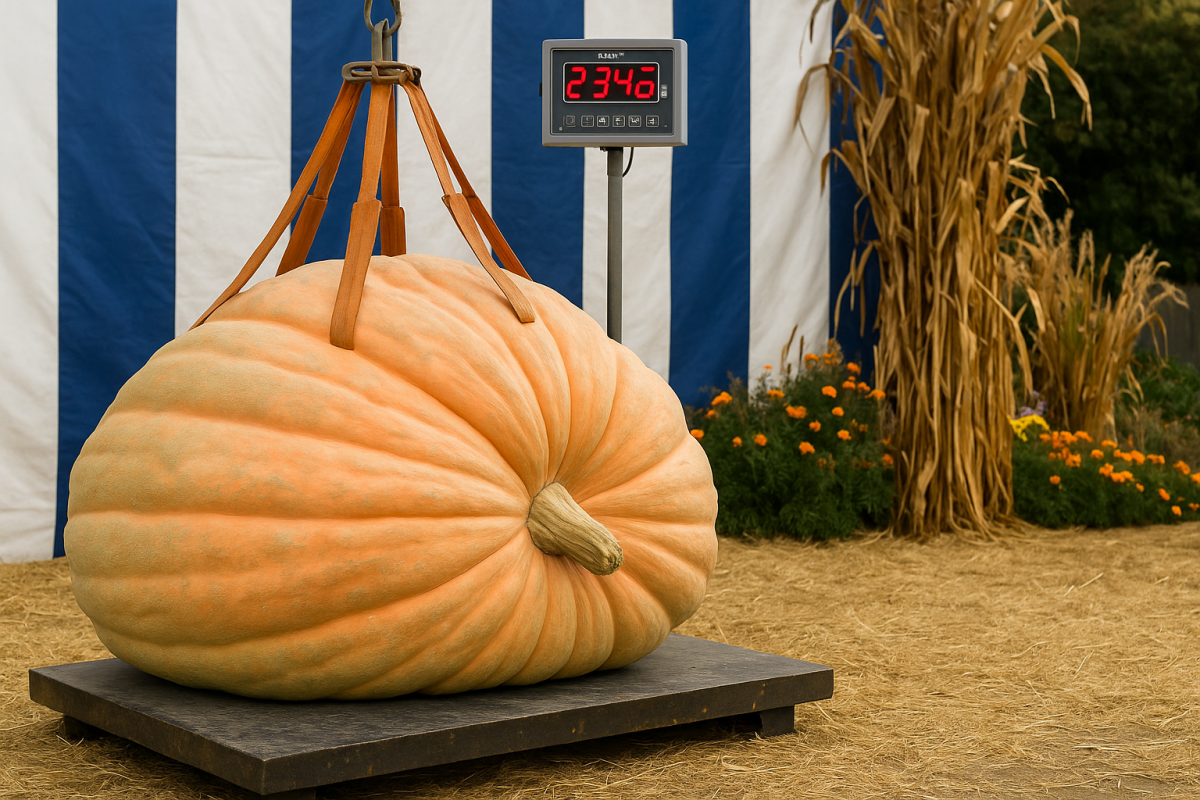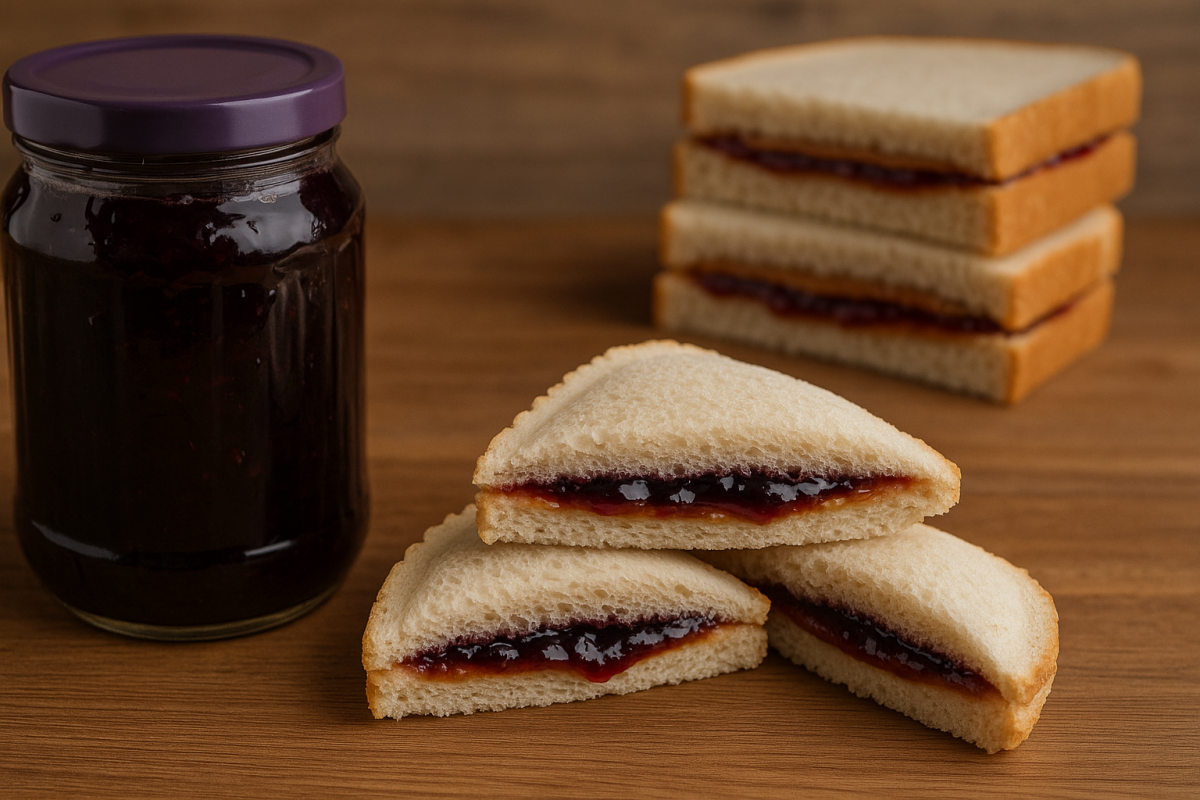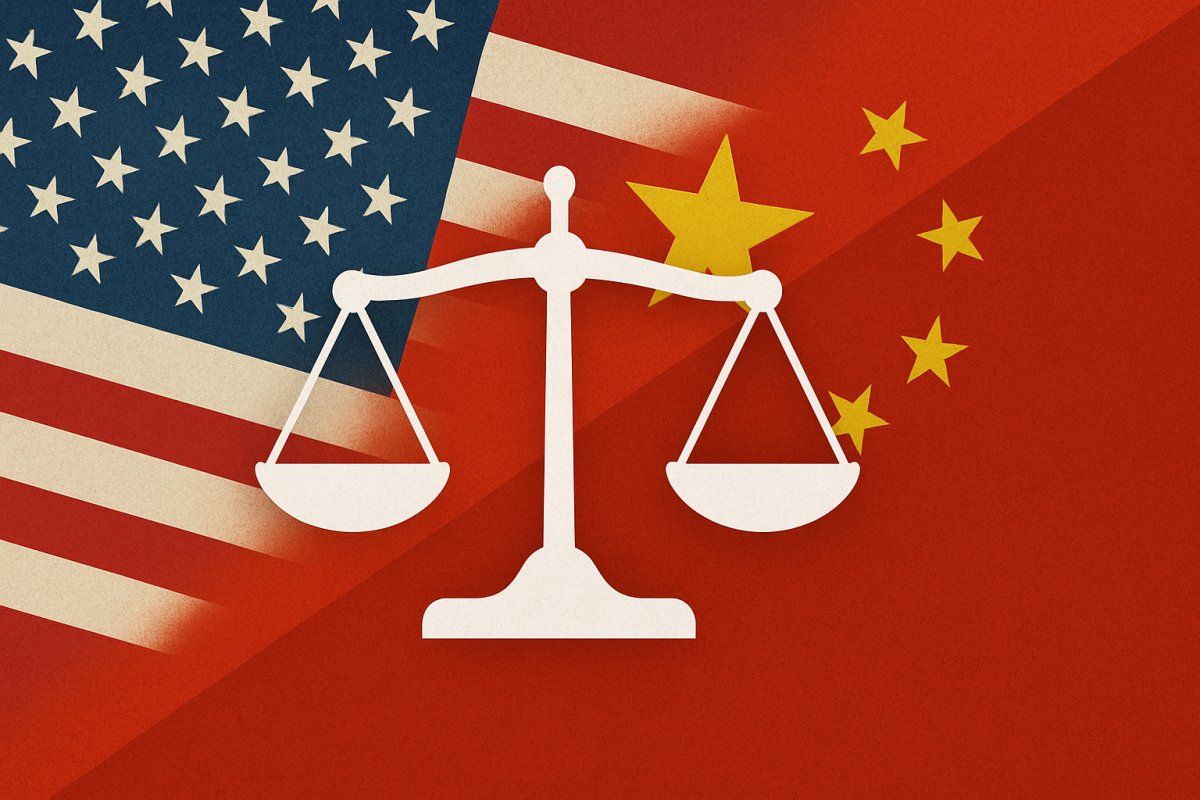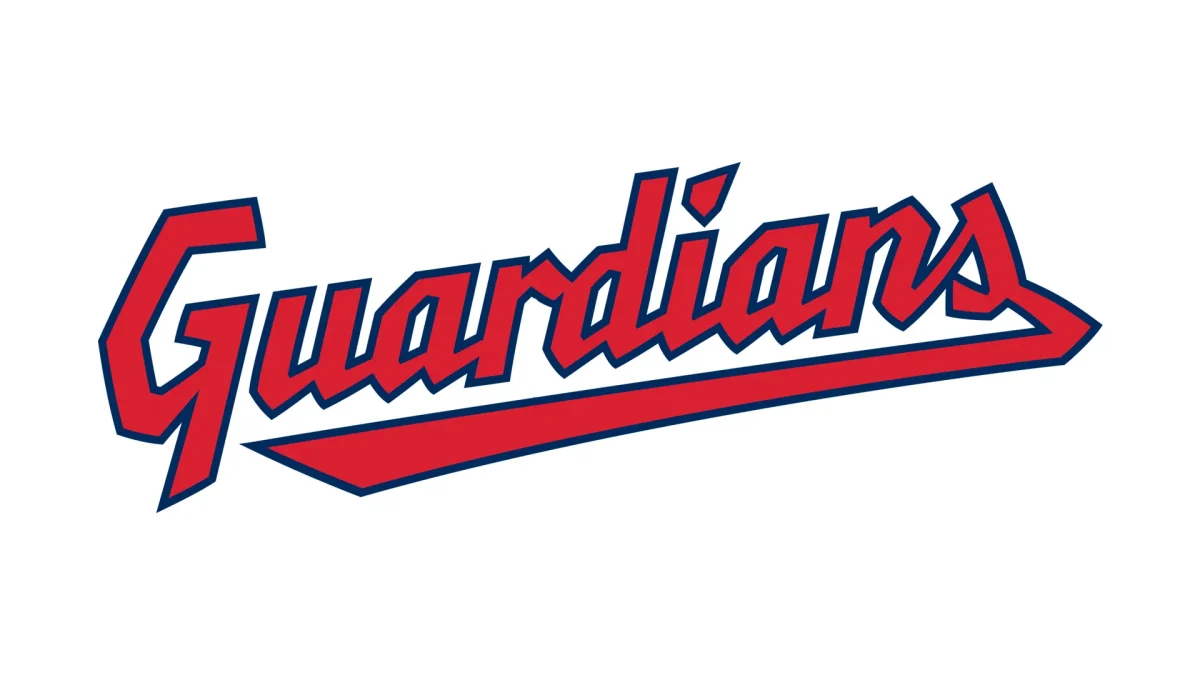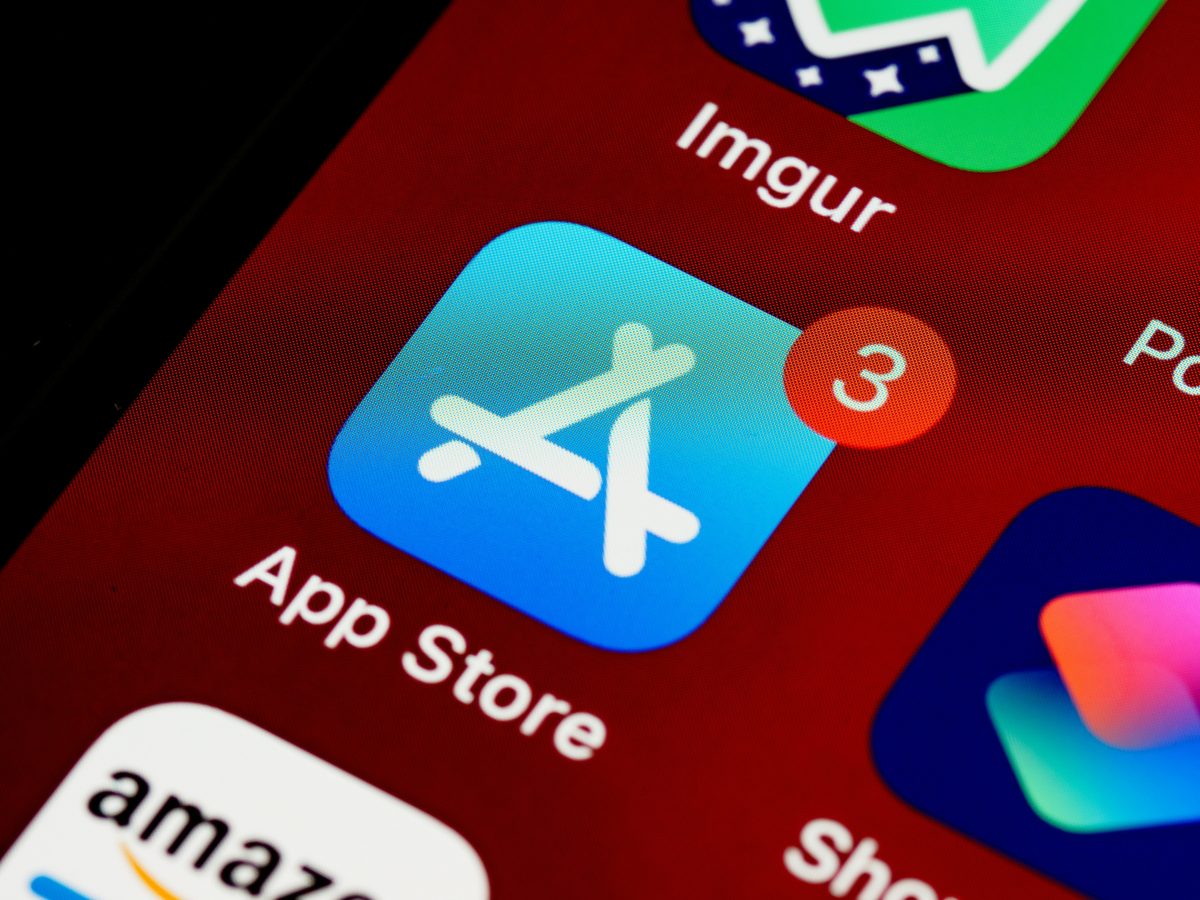Subscription services have been on the rise and it’s easy to fall into their trap. In order to enjoy anything now, it requires a monthly payment plan first. Movies, music, shows, games, social media, food, educational tools, makeup, workout plans and more have all been plagued by the idea of premium products. Now when looking at a phone, almost every downloaded app offers some kind of benefit that users can enjoy if they pay for it. For example, high school students enjoy using common apps like Quizlet, Kahoot and Photomath for schoolwork. Many apps like these used to be completely free and easy to use. Now, they have offered subscription plans. Some useful features that were available before can only be used by paying for them now. This has become quite the burden when trying to do homework or study.
From a business standpoint, paid subscriptions bring in a regular, steady stream of income. They know that if their audience loves their product, they’ll have consumers who are willing to sign up for a subscription in order to keep using it. According to Adjust, a platform where marketers learn how to grow their mobile apps, these subscriptions are all based on three different reasons to pay.
The most popular subscription is paying to upgrade. Many apps are free to use and download, but will offer a plan that includes access to more features for users. This is also a way for the developer to earn even more money. One example of this subscription model is Spotify Premium. Users who download the app start off with the “freemium” version of the app. They can listen to music, but they are limited to other features. The free version also contains ads. This is how the developers make money from users without premium subscriptions. If users want to access more, they can pay for Spotify Premium at a hefty $10.99 a month. Many other apps follow this subscription model by offering the “premium” or “plus” version of the same app. Adrianna Barnes ‘24 uses Quizlet Plus for school purposes. Quizlet Plus costs $7.99 a month and a lot of their previously free features require a subscription to access now. Quizlet Plus also comes with a lot of educational benefits that users didn’t have before.
“They have AI which is kind of strange and freaky. You can put in your notes and it will summarize or come up with essay topics, which I’ve used for ideas for my essays. If you put in a Google Doc of your notes from a class it can generate flashcards,” Barnes said.
Another subscription model is paying to use. Anyone can download the app, but the main purpose of the app is only available through a subscription plan. This is very common for streaming services like Netflix or Hulu. With this model, users can see exactly what the app offers and choose the plan that works best for them. For example, Netflix has three different plans. The first plan, Standard with Ads, is priced at $6.99 a month. The second plan, Standard, is priced at $15.49 a month. The last plan, Premium, is priced at $22.99 a month. They all differ when it comes to what’s available to watch, ads, and how many devices are supported. Consumers cannot watch Netflix unless they are paying for one of these plans. Besides streaming, there are a ton of other apps that align with this subscription model.
The last subscription model is paying to save. This is most common among shopping apps. The app is free to download and use, but subscribers can pay to save more money. The most popular one is Amazon Prime. Priced at $14.99 a month, a Prime membership allows users to save on shipping costs, quality for same-day delivery, and have access to greater deals on products. Amazon Prime also offers their own versions of music, videos, games, books, and more. Many other shopping apps use this subscription model to promote their products.
“Quizlet for a good long while was my number one study tool, especially the Learn feature. Once it started costing money, I didn’t know how else to study,” Barnes said.
Ultimately, signing up for these subscriptions can get annoying and hard to manage. With so many apps offering them, monthly payments can add up, especially if students are paying for them themselves. It is also common for prices to go up every once in a while.
“I think every app having a subscription plan is so stupid. I think these companies are selling out but overall I think they’re hurting the students,” Barnes said.
It’s up to debate over if these plans are really worth it for the price. Many “free” apps and their developers are adopting subscription plans to keep up in the changing industry. A consistent revenue is appealing to anyone and the developers know that in order to achieve it, people will be willing to pay for it.
Categories:
Greedy Apps
Are Mobile Apps Getting Greedy?
Story continues below advertisement
0
Donate to Paw Print
$125
$1000
Contributed
Our Goal
Your donation will support the student journalists of Green High School. Your contribution will allow us to purchase licensing, equipment, software, and cover our annual website hosting costs.



